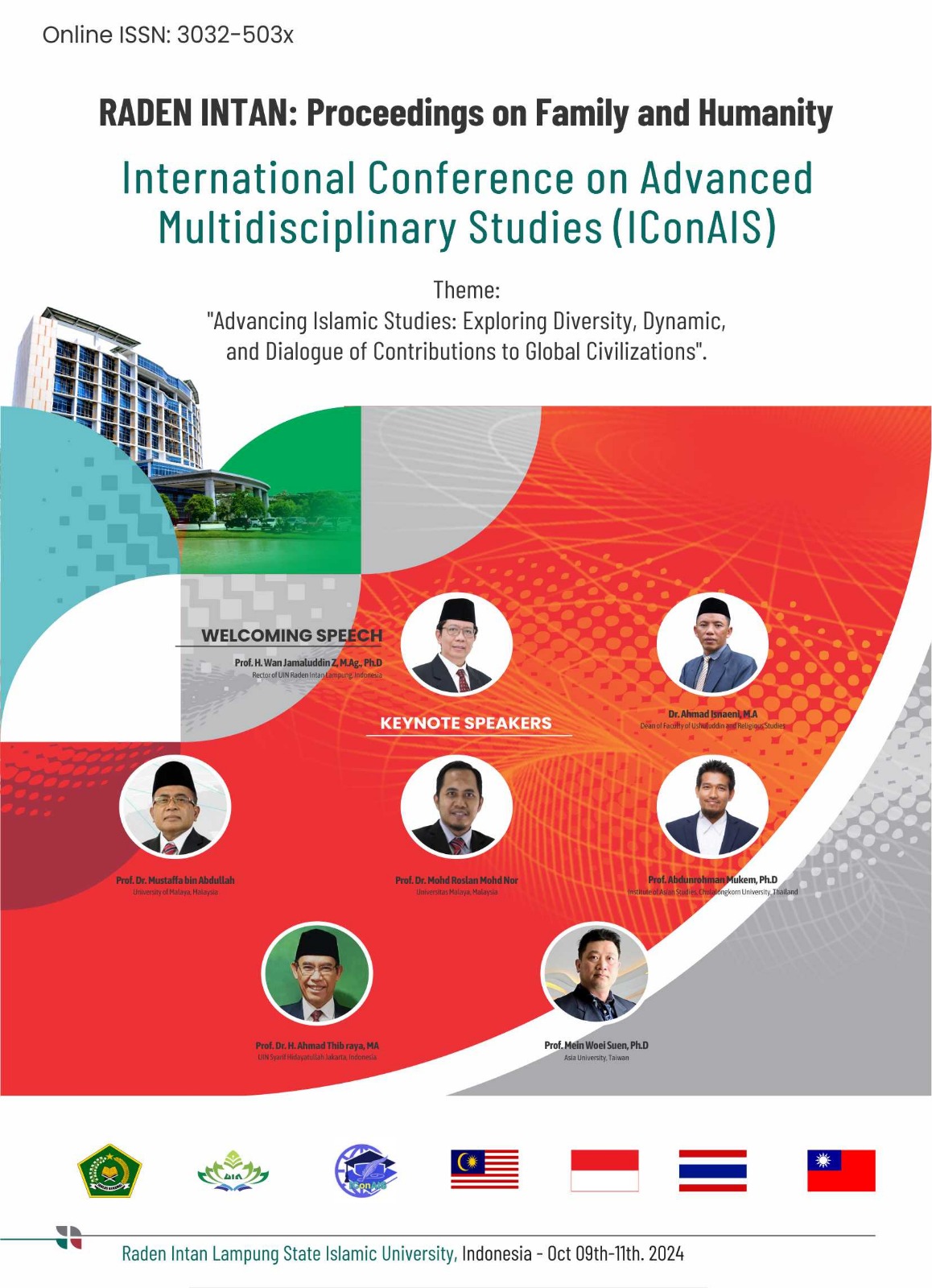Published 2025-07-30
Keywords
- Trade, Saudi Arabia, Iran, Peninsula
Copyright (c) 2025 Isti Arini, Gesit Yudha, Amelia Resti Feliza (Author)

This work is licensed under a Creative Commons Attribution 4.0 International License.
Abstract
Saudi Arabia and Iran's trade relations are affected by the complex political, economic, and sectarian dynamics of the Middle East. Despite great potential, obstacles such as political tensions, religious differences, international sanctions, and regional conflicts hinder cooperation. Mediation efforts and international pressure offer hope for improvement. Factors such as major countries' foreign policies, infrastructure, and domestic pressures also affect trade dynamics. The purpose of this article is to explore and understand the trade dynamics between two major powers in the Middle East region, namely Saudi Arabia and Iran. The method used in writing this article is a literature study, which involves collecting and analyzing various relevant written sources to understand the trade relationship between Saudi Arabia and Iran in the Arabian Peninsula. The result of this study is that Saudi Arabia and Iran, the two largest oil producing countries in the world, seek to capitalize on their natural resources. Saudi Arabia focuses on oil exports and foreign investment, while Iran seeks to expand its exports of natural gas and petrochemical products and strengthen its position in the regional trade area. Although they have different agendas, both aim to maximize profits from their natural resources on the Arabian Peninsula.
References
- Abdulrachman, O. (1980). The Iranian Revolution in the Midst of Middle East Upheaval. CSIS Analysis, (5), 426-439.
- Afryan, W. P. (2022). Strategy of Dpw Gelora Indonesia Party Lampung Province in Political Education for Millennials in Lampung Province (Doctoral dissertation, UIN Raden Intan Lampung).
- Aidid, S. M. Y. (2022). Realizing Al-Madinah Al-Fadilah in the Shade of Washatiyah Al-Islam through Pancasila Values. Indonesia in the Vortex of Global Disruption, 155.
- Arsono, G. Y. P. (2015). Political Competition of Women Legislative Candidates in the 2014 General Election in Lampung (Study of the Election of Asmara Dewi, Eva Dwiyana, and Dwie Aroem Hadiatie as Legislative Members) (Doctoral dissertation, University of Lampung).
- Aulia, A., & Zaman, A. N. (2024). Saudi Arabia's Interest in Restoring Diplomatic Relations with Iran in 2023. HUMANUS: Nusantara Journal of Sociohumanities, 1(2), 276-298.
- Ghozali, M. (2019). An Empirical Study of the Development of the Islamic Economic System in the Middle East. Journal of Masharif Al-Syariah: Journal of Islamic Economics and Banking, 4(2), 70-85.
- Hadi, A. S., Amir, A. P., & Hartati, A. Y. (2023). The Importance of Saudi Arabia's Military Intervention in the Yemen Conflict Since 2015. SOCIO DIALECTICS, 8(2), 228-247.
- Halim Barakat, I. M. (2021). Arab Identity and the Problem of Diversity & Integration: The Arab World Series. Nusamedia.
- Hamidi, S. R., & Lillah, F. K. (2023). History and development of Arabic literature in West Asia (Saudi Arabia, Bahrain, Iraq and Iran). AGASTYA: JOURNAL OF HISTORY AND LEARNING, 13(2), 163-182.
- Kesuma, H. A. S. (2020). Correspondence Journal of Talent Development and Excellence by Dr. H. Arsyad Sobby Kusuma, Lc., MA. Journal of Talent Development and Excellence.
- Khaeruddin, S. H. (2020). United Arab Emirates: Economic Power in the Middle East (2002-2018). Chronologia: Journal of History Education, 2.
- Latifah, N. A., & Jamal, M. (2019). The Middle East and Islamic Economics: An Empirical Study of the Development of Islamic Economics in the Middle East. AL-FALAH: Journal of Islamic Economics, 4(1).
- Machmudi, Y. (2021). The Middle East in the spotlight: Middle East dynamics in an Indonesian perspective. Bumi Aksara.
- Murofikoh, D. I., & Alfaridah, D. I. (2022). Comparison of Indonesian State Ideology with Saudi Arabia. Journal of Law and Human Rights Wara Sains, 1(02), 188-196.
- Muttaqin, F. F. (2022). Socio-Cultural Changes in the Kingdom of Saudi Arabia as the Influence of Proxy War in the Syrian Conflict in 2011-2018. Himmah: Journal of Contemporary Islamic Studies, 6(1), 469-489.
- Priambodo, S. (2017). Saudi Arabia's Motives for Intervention in the Yemeni Civil War. Journal of International Relations Analysis, 6(1), 205-216.
- Purwono, A., & Sholihul, A. (2023). The Drivers of Saudi Arabia's Military Intervention in the Yemen Conflict. Interdependence Journal of International Studies, 4(1).
- Putra, R. P., Jamilah, M., & Irawan, P. (2019). Saudi Arabia's Military Intervention in the Yemen Conflict to stem Iran's influence in the Middle East. PIR Journal Vol, 4 (1).
- Rachmadie, C. T., & Ediyono, S. (2017). Reforming the Cultural System in Saudi Arabia during the Reign of King Abdullah (2005-2015). Millati: Journal of Islamic Studies and Humanities, 2(1), 41-64.
- Riandi, R., & Jamaan, A. (2016). Iran's Arms Transfer Policy to the Middle East and Africa (Case Study: Iran's Rejection of the 2013 Arms Trade Treaty) (Doctoral dissertation, Riau University).
- Rizki Pratama, P. (2018). Saudi Arabia's Military Intervention in the Yemen Conflict to stem Iran's influence in the Middle East (Doctoral dissertation, Andalas University).
- Sari, A. M. (2020). Women's Political Rights According to Yusuf Al-Qardhawi (Doctoral dissertation, UIN Raden Intan Lampung).
- Sari, F. H., & Silvya, D. (2022). Saudi Arabia's National Interest in Military Intervention Policy in Yemen against Iran's Involvement. Journal of International Relations, 15(1).
- Umami, R. Z. (2020). Analysis of International Disputes Regarding Diplomatic Relations between Saudi Arabia and Qatar. The Digest: Journal of Jurisprudence and Legisprudence, 1(2), 133-162.

